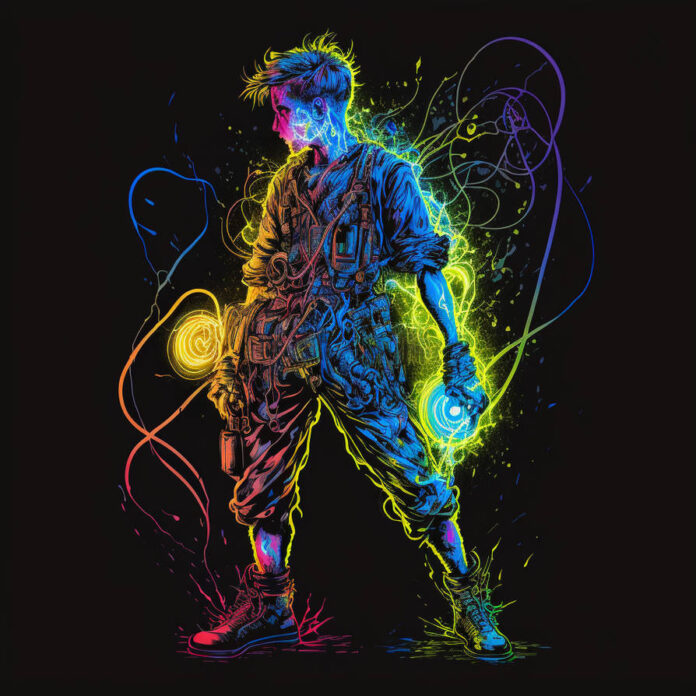This article will show you how to add an icon in the navigation bar using React-Bootstrap. We will use React-Bootstrap because it makes it easy to use reusable components without implementing them.
Prerequisites
Creating React App and Installing Module
Step 1: Create a React application using the following command
npx create-react-app foldername
Step 2: After creating your project folder i.e. foldername, move to it using the following command.
cd foldername
Step 3: Now install React-bootstrap and bootstrap
npm install react-bootstrap bootstrap
Step 4: Add Bootstrap CSS to index.js
import 'bootstrap/dist/css/bootstrap.min.css';
Project Structure

Project Structure
The updated dependencies in package.json will look like this:
{
"name": "iconinnavbar",
"version": "0.1.0",
"private": true,
"dependencies": {
"@testing-library/jest-dom": "^5.17.0",
"@testing-library/react": "^13.4.0",
"@testing-library/user-event": "^13.5.0",
"bootstrap": "^5.3.2",
"react": "^18.2.0",
"react-bootstrap": "^2.9.0",
"react-dom": "^18.2.0",
"react-scripts": "5.0.1",
"web-vitals": "^2.1.4"
}
}
Example: Now write down the following code in App.js file. Here App is our default component where we have written our code.
Javascript
// App.js Fileimport Container from "react-bootstrap/Container";import Nav from "react-bootstrap/Nav";import Navbar from "react-bootstrap/Navbar";import gfglogo from "./neveropen.svg";import "bootstrap/dist/css/bootstrap.min.css";function App() { return ( <div> <Navbar collapseOnSelect expand="lg" className="bg-info"> <Container> <Navbar.Brand href="#home"> <img src={gfglogo} width="50" height="50" className="d-inline-block align-top" alt="React Bootstrap logo" /> </Navbar.Brand> <Navbar.Toggle aria-controls="responsive-navbar-nav" /> <Navbar.Collapse id="responsive-navbar-nav"> <Nav className="me-auto"> <Nav.Link href="#DataStructures"> Data Structures </Nav.Link> <Nav.Link href="#CompetitiveProgramming"> Competitive Programming </Nav.Link> </Nav> <Nav> <Nav.Link href="#contactus"> Contact Us </Nav.Link> <Nav.Link eventKey={2} href="#community"> Community </Nav.Link> </Nav> </Navbar.Collapse> </Container> </Navbar> </div> );}export default App; |
Steps To Run Application
Step: Run the application using following command from root directory of Application
npm start
Output: Now open the browser and type the ‘http://localhost:3000/’

Navbar with Icon

